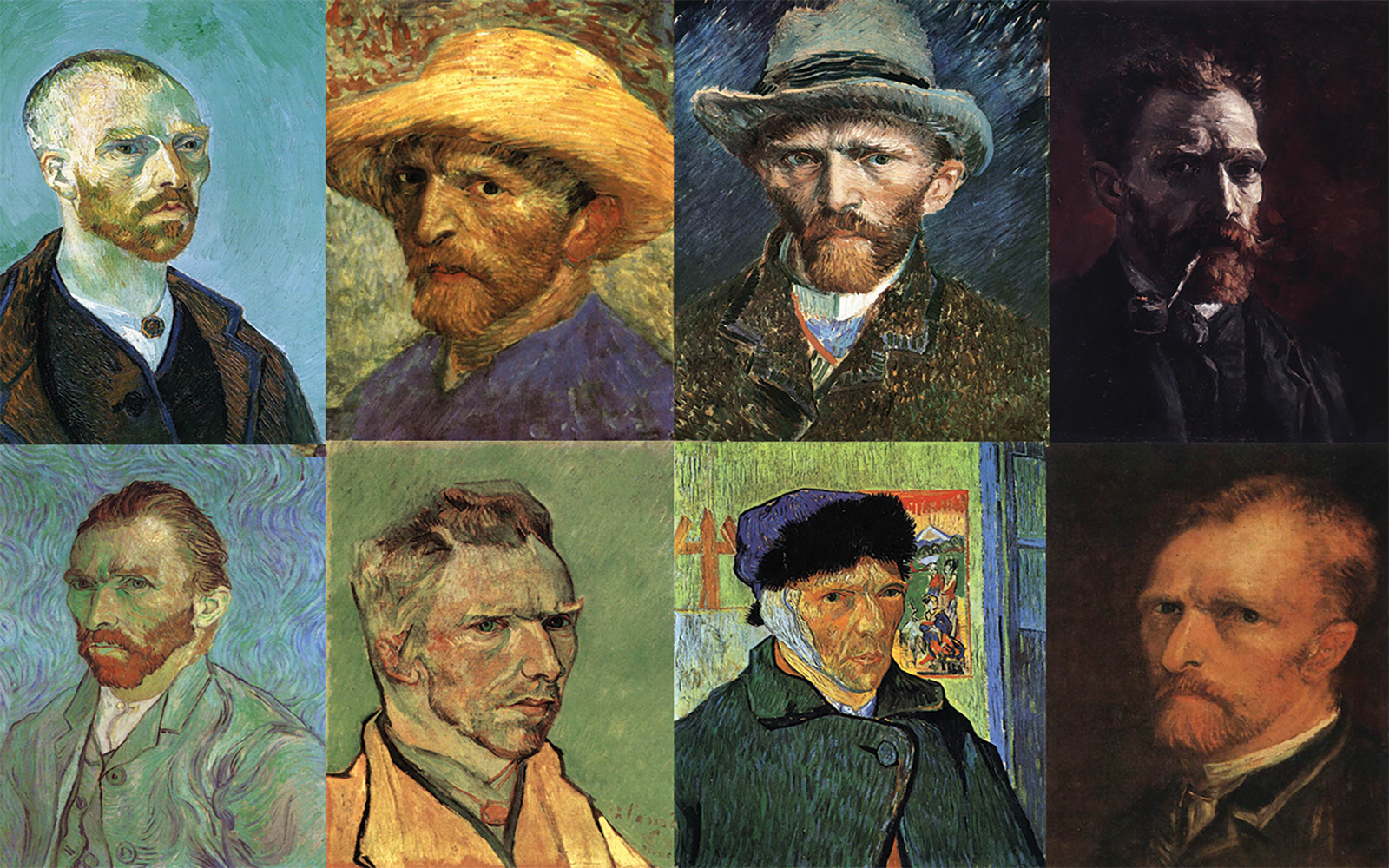

Since he was looking at himself in a mirror, the sides are reversed in the painting. He shows the bandage on what appears to be his right side, although it was his left ear which he cut. This represents an homage to the art of Japan, which was such an inspiration for him.ĭespite Vincent’s fragile health, the Courtauld self-portrait is a very carefully composed image, certainly not the impulsive work of a “madman”. And on the other side of his head hangs a Japanese print (one which he had with him in the Yellow House in Arles). Vincent includes his easel, on which he has placed an almost blank canvas (there are some vague marks on it, most likely the beginning of a flower still life). Is it a cry for help? Or does it represent his determination to get back to work? Perhaps it is both. Its precise meaning must have been clear to Vincent, but it remains elusive for us today. Instead the artist presents a highly confrontational image. He could have depicted the other side of his head or made the bandage appear less prominent. Painted just under a month after he mutilated his ear, he does not shy away from the trauma he had suffered. In some paintings, such as the Courtauld’s Self-portrait with Bandaged Ear (the centrepiece of the coming exhibition), the artist is probing his inner self and presenting a facet of his life. Van Gogh’s Self-portrait with Bandaged Ear (January 1889) © The Courtauld, London (Samuel Courtauld Trust) He disliked what was then a fairly recent technological development, which presumably explains why we have no photographs of him as an adult.Īs Vincent told his sister Wil: “I myself still find photographs frightful and don’t like to have any, especially not of people whom I know and love.” On another occasion he told her that “it isn’t easy to paint oneself”, but “one seeks a deeper likeness than that of the photographer”. Vincent felt that portraiture (and presumably self-portraiture) could do what photography had failed to achieve.

This is because most of us are as fascinated by his extraordinary life as his amazing art. When we look at Van Gogh’s self-portraits, so often we are hoping to get an insight into his personality and thoughts. Only a single photograph of Vincent’s face survives, taken when he was 19. As with Rembrandt, our view of Van Gogh’s appearance is almost entirely conditioned by the self-portraits. Among Vincent’s great predecessors, only his fellow Dutchman Rembrandt painted slightly more, and that was during a career lasting more than four times longer (with just over 40 paintings, compared with Van Gogh’s 35). I am writing an essay for the catalogue.įew artists have produced as many self-portraits as Van Gogh.

VAN GOGH PAINTINGS SELF PORTRAIT FULL
Curated by the Courtauld’s curator Karen Serres, Van Gogh Self-Portraits will be the first show ever to cover the full chronological range, reassembling nearly half of his self-portrait works. It has just been announced that London’s Courtauld Gallery is to hold an ambitious exhibition on Van Gogh’s self-portraiture next spring (3 February-).


 0 kommentar(er)
0 kommentar(er)
